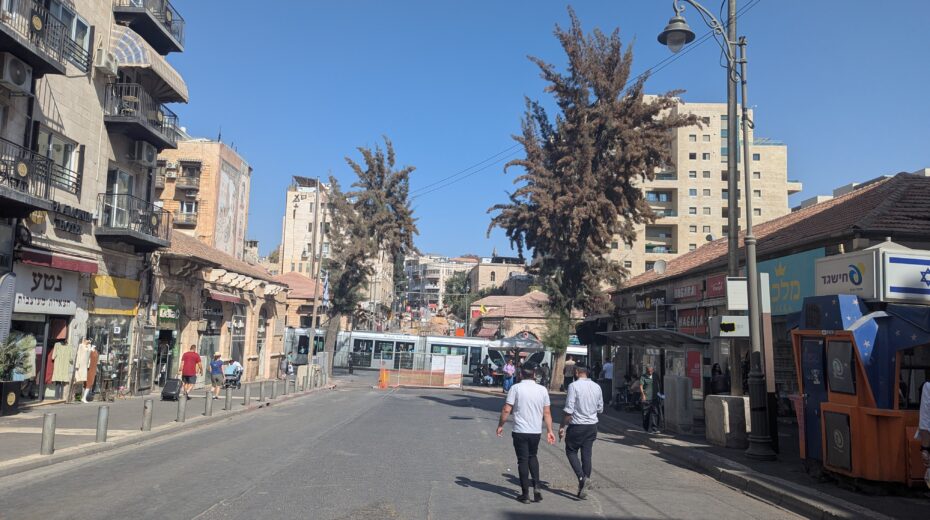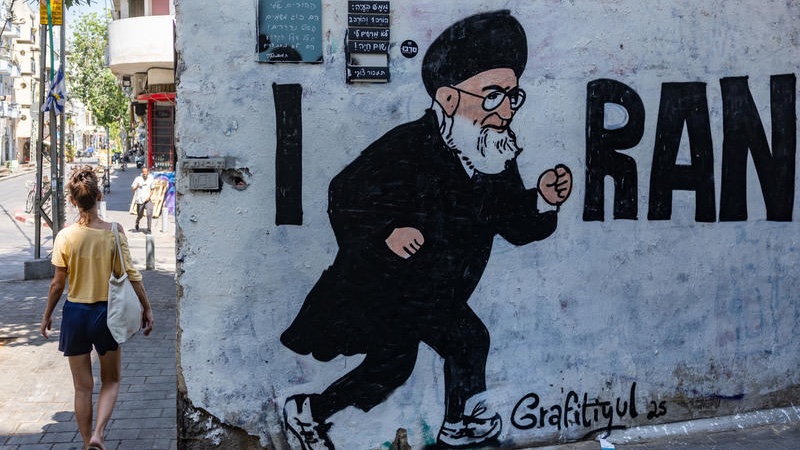While weather has taken a backseat lately due to war and concern over the hostages, there are unusual and troubling signs in regards to temperatures and annual rainfall.
Jerusalem records a new record
In the night leading into Tuesday, temperatures were measured at 23.2 °C (73.8 °F) in the capital—the highest nighttime November temperature since official weather records began in 1950. The previous record was 22.1 °C (71.8 °F), set in 2012.
Another record had already fallen on Monday: the daytime high climbed to 31.8 °C (89.2 °F). This surpassed a peak that had not been reached in 75 years. Meteorologists expect the unusually warm temperatures to persist until the end of the week and say further records could fall.
Rainy season? Israel is bone-dry
Normally, Israel’s rainy season begins in early October, when the first low-pressure systems move in from the Mediterranean and bring rain, especially along the coast and in the highlands. Yet according to seasonal analyses by the Israel Meteorological Service, the rainy season has barely started this year. In many regions—including Jerusalem, Haifa, and parts of the coastal plain—precipitation is currently near zero or well below the long-term average. Even in traditionally wetter northern areas like the Galilee and the Golan Heights, only isolated light showers have been recorded so far.
Meteorologists describe an unusually dry start to the season, already foreshadowed in September. Specific wind and pressure patterns over the eastern Mediterranean prevented the formation of stable rain fronts. If this trend continues until the end of the month, this autumn could rank among the driest in the last two decades.
Sea of Galilee remains below critical level
The Sea of Galilee is also feeling the dryness. According to official data, the water level on November 6 stood at –213.295 meters below sea level—about 30 centimeters below the so-called “lower red line,” which serves as a benchmark for the lake’s stable ecological balance. It is currently around 4.5 meters short of the upper red line, when the lake is considered full. In the last 24 hours, the level rose slightly by about one centimeter, but overall the trend remains cautious. Although the lake has been stabilized since 2023 with desalinated Mediterranean water via a new pipeline when needed, this system cannot replace natural rainfall and inflows. Sustainable recovery of the water level still depends on winter rain.

Dried-out and cracked shoreline at the Sea of Galilee in northern Israel, photographed on October 25, 2025. Photo: Michael Giladi/Flash90.
Extreme temperatures are piling up
Israel is used to hot summers—but heat waves are increasingly shifting into the transitional seasons. As recently as August, the country experienced an extreme heat wave with temperatures reaching up to 49 °C (120 °F). Two people died at that time.
Whether the current temperatures reflect a longer-term climate trend or are mainly due to exceptional weather patterns continues to be debated among experts. One thing is certain, however: the familiar Israeli autumn with cool evenings and the first heavy rain showers is making us wait this year.
Want more news from Israel?
Click Here to sign up for our FREE daily email updates














